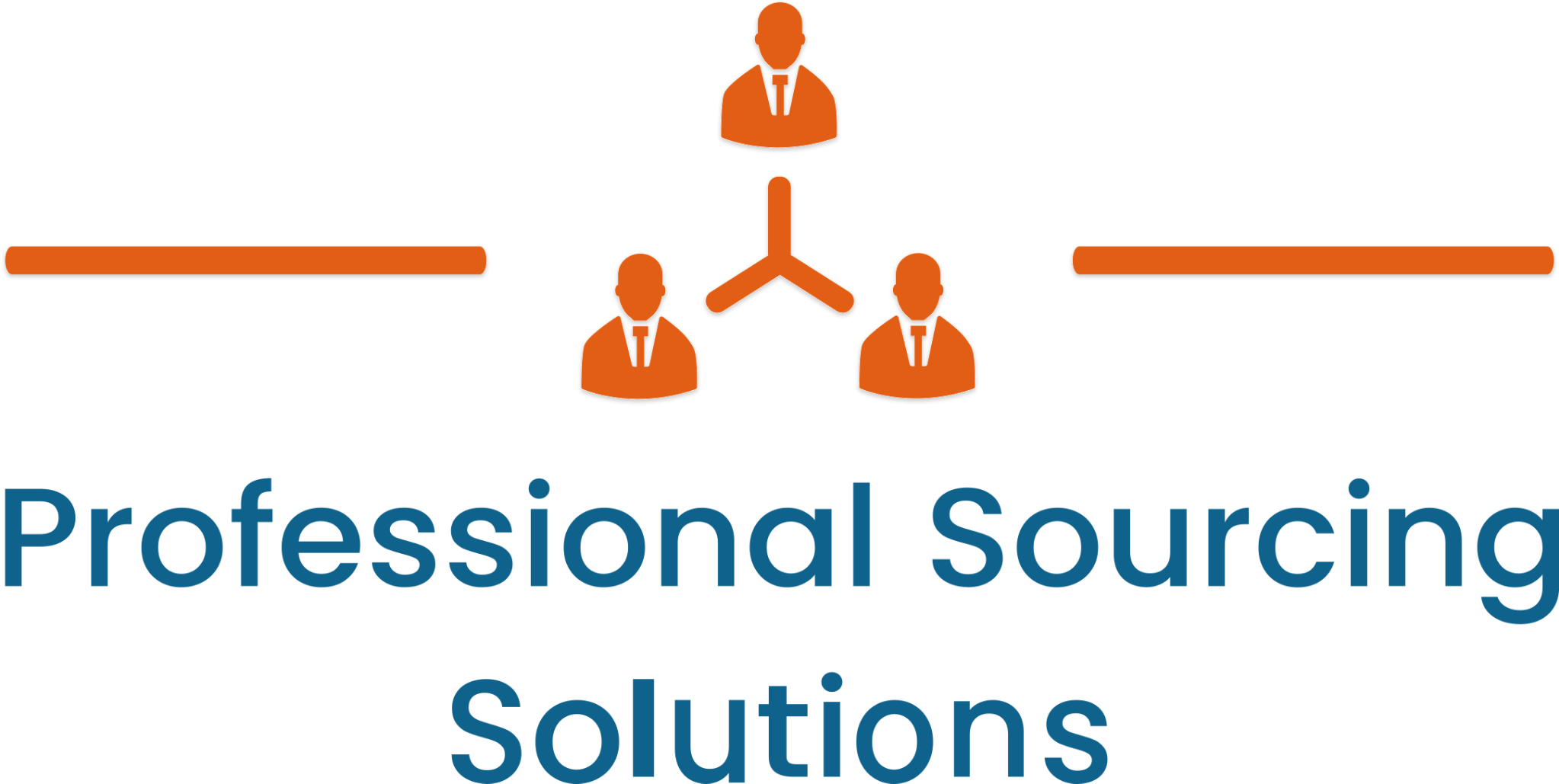
In the dynamic world of retail operations, characterized by intense competition and slim profit margins, operational efficiency serves as the imperceptible driving force behind triumph. The subject of retail operations may not dazzle like the latest technological marvel or trend in marketing, but it stands as a foundational cornerstone for preserving a robust bottom line. Proficiently managing your retail operations is paramount for ensuring the harmonious orchestration of your business. These operations encompass a diverse array of components, including inventory management, staffing, sales, marketing, and more.
In its essence, retail operations constitute the extensive array of tasks and mechanisms that empower you, the retailer, to provide products or services to your customers seamlessly and with precision. Although the realm of retail operations appears expansive and, at times, daunting, mastering this domain offers remarkable benefits in the form of amplified profits, heightened customer satisfaction, and fortified business resilience.
Centralize Your Inventory
If you sell across multiple retail stores and channels, having a centralized view of your inventory and business performance is a must. A unified view promotes consistency and accuracy in stock levels, prevents overselling, and facilitates the transfer of stock between locations. A real-world example is Melissa Joy Manning, who uses Lightspeed Retail to centrally manage her stores and products. This approach allows her to optimize stock levels and swiftly move products between her stores, ensuring product availability where needed.
Conduct Regular Physical Inventory Counts
While managing inventory using digital tools is powerful, tracking physical goods in your store is equally important. Conduct regular physical inventory counts to ensure the numbers in your inventory management system correspond to the actual stock in your store. You can choose between full counts, which involve counting all items, or partial inventory counts, known as “cycle counting,” which means counting small amounts of products continuously. The best practice depends on your business, but it’s advisable to conduct cycle counts regularly and perform a full inventory count at least once a year.
Build Strong Supplier Relationships
Collaborating closely with suppliers can lead to better terms and smoother replenishment processes. This approach involves honest and open communication, adherence to payment terms and schedules, providing clear and concise feedback on products and services, recognizing and appreciating supplier efforts, and working together to find win-win solutions. Developing solid vendor relationships not only results in favorable terms and conditions but also offers the flexibility to adapt to market changes and maintain an efficient and resilient supply chain.
Streamline Store Operations, Navigation, and Flow
A significant part of optimizing retail operations lies in streamlining day-to-day processes. Alongside automation and reporting, ensuring that your team and customers can navigate your stores efficiently is crucial. Enhance store navigation and customer flow by designing a floor plan and visual merchandising strategy to guide customers seamlessly through the shopping experience.
Depending on your store’s layout, this may involve utilizing clear signage, creating intuitive pathways, and strategically placing products. These steps encourage smooth movement and product discovery, ultimately leading to improved customer satisfaction and increased sales.
Organize Your Stockroom and Back Office
Efficient retail operations encompass not only the customer-facing aspects but also the organization of “behind the scenes” spaces, such as your stockroom and back office. Implement clear labeling and shelving systems, utilize space efficiently, establish routine cleaning and maintenance schedules, and train staff on organization protocols. This will streamline your back-end operations, enhancing the overall retail experience.
Unify Point of Sale System with Your Payment Processor
No retail store is complete without a solid Point of Sale (POS) and payments platform. Your POS system enables you to ring up sales, while your payment processor allows you to accept payments and ensure timely fund transfers to your bank account.
Opting for embedded payments, where the payment process is fully incorporated within the user experience, offers a smoother and more cohesive customer experience at checkout. It also provides better payment reports, streamlined reconciliation processes, and increased security measures.
Implement Effective Employee Management
Sales associates are at the heart of any retail store, making it crucial to invest in your team’s skills, knowledge, and job satisfaction. Employee training and staff well-being programs are essential for fostering a positive work environment, increasing sales, enhancing customer satisfaction, and retaining a motivated team.
Comprehensive training programs tailored to individual roles and responsibilities, paired with hands-on practice and real-world scenarios, can significantly improve employee abilities and customer service. Encourage a culture of continuous learning and monitor training effectiveness to ensure ongoing growth and development.
Keeping your staff happy is equally important, as content employees tend to be more productive, have lower turnover rates, and contribute to building a loyal customer base. By nurturing well-trained and satisfied employees, your business can thrive.
Set the Right Sales Targets
Setting sales targets is an excellent way to enhance employee performance. This provides a sense of purpose, motivation, and clear benchmarks for monitoring progress and achievements. It contributes to improved sales, customer satisfaction, and the overall success of your retail operations.
Deliver Exceptional Customer Experiences
In the modern retail landscape, success is not just about selling great products; it’s increasingly about delivering amazing customer experiences that keep shoppers coming back. To optimize the customer experience, streamline customer marketing, gather feedback, and connect your in-store and online retail operations. Unifying these channels ensures that you’re there for your customers, no matter where or how they choose to shop.
Optimizing retail operations is an ongoing process that evolves with the retail landscape and customer preferences. Staying committed to these strategies, from automating tasks to delivering exceptional customer experiences, will lead to increased profitability and sustainable growth. While the business world continues to change, operational excellence remains a reliable path to success. So, implement these strategies wholeheartedly, and watch your retail business flourish.
Professional Sourcing Solutions is a staffing agency based in Ontario, Canada that specializes in retail staffing. Book a free consultation to learn more about how we can help you with your staffing needs.



